Until Dawn
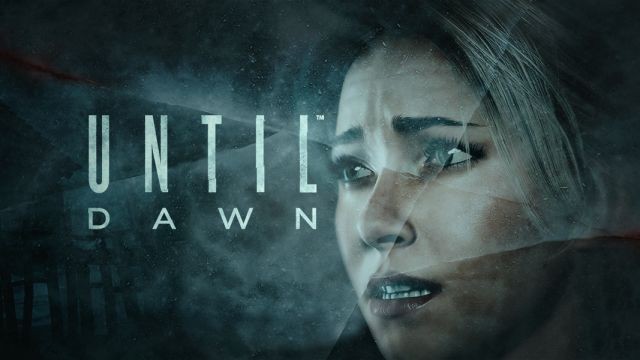
There was a moment near the end of Until Dawn when I knew I was doing something stupid. My current character was split from the group, investigating a strange sound in a dead-end corridor, and I’d just been as much as told that I couldn’t trust anything I heard. The character died, of course, and I couldn’t even be surprised at anything except myself. After being a horror fan for twenty years, I was suddenly the idiot onscreen.
In a way, this is an endorsement, since the game managed to penetrate a pretty thick layer of ironic distance and genre awareness, although I won’t be sad if this doesn’t make it into the ad campaign. “Until Dawn: I Really Should Have Known Better.”
Until Dawn is an interactive story game, where quick-time events replace action sequences and most of the gameplay comes about through the player making binary choices. Think of Heavy Rain, Beyond: Two Souls, or Telltale’s adventure games.
The difference is that Until Dawn is streamlined, and your choices count for more. It’s an eight-hour horror movie, playing most of the genre’s conventions absolutely straight (pretend for the sake of Until Dawn that the Scream movies never happened), and your choices determine which of the eight main characters will survive to see the credits.
Those eight main characters are all attending a party at an isolated mountaintop cabin. A year ago, they played a cruel prank on their friend Hannah, who ran outside to get away from them. Her sister Beth followed her, and neither of them had been seen since. The party, held on the one-year anniversary of the girls’ disappearance, is meant to honor their memory.
Naturally, as this is a horror game and the preceding paragraph contains no less than three terrible ideas, problems ensue. You take control of all eight characters over the course of the next seven hours, exploring the area in an attempt to make sure as many of them as possible can survive until sunrise.
(At this point, I’d imagine most people who read this review will have an idea of whether this is something they’d be interested in or not. If this sounds like something you’d want to play, go play it, keeping yourself as unspoiled as possible. A big part of Until Dawn‘s impact comes from not knowing what’s going to happen next, to the point where discussing it in any real detail can be considered at least a minor spoiler. It’s good; I recommend it. Now, unless you really want to hear more before you make up your mind, go.)
Until Dawn avoids a lot of the obvious pitfalls of this kind of game right off the bat. You’re given a lot of space to explore various areas, ranging from the ridiculously big cabin and the forest outside it to several nearby abandoned buildings, but you’re never more than a couple of minutes from something happening. There’s a good balance of active, involved gameplay and cutscenes, which keeps the momentum building, and there are a ton of collectibles in the environment to reward active exploration.
At the same time, the game is crammed with an oppressive, frightening atmosphere, with top-notch sound design and well-designed environments. It actually uses its primary hook – that anyone can die – to create a real sense of stakes and danger, like a character could be suddenly killed at any time. The stakes are rarely that high, but the feeling that they could be, combined with the general overhanging sense of dread, creates a constant, ominous sense of threat. I was never bored playing Until Dawn, which is something I can’t say for a lot of interactive story games of its type.
The major choices you make over the course of the game are highlighted in your status menu with a mechanic called the Butterfly Effect, which tracks your most important decisions and the ramifications they have throughout the game. Few are obvious, and there are a couple of times where something that initially seemed irrelevant was part of a Butterfly Effect. This gives you a good blueprint of where your choices are going, and lets you backtrack to figure out what you’d need to do if you wanted to achieve a different outcome.
As far as its systems go, my one real problem with Until Dawn is the sensitivity of the PS4 controller. Until Dawn has several different types of quick-time events, including one that challenges you to hold the controller as still as possible, usually used when a character is trying to hide. This is a lot harder than it sounds, and you’d often be better off just putting the controller down entirely. The ability to turn down the sensitivity on the motion sensor would be a welcomed feature, particularly as the endgame features several of these actions in a row.
The writing’s a little weak, considering how much of the game it has to carry. There are a few big plot holes that, to be fair, I didn’t notice until I’d already beaten the game. (The mountaintop cabin has three floors, six outbuildings and what looks like eleven separate subbasements. If it had any more attached structures it’d be its own village.)
It’s also got a problem with its cast, half of whom are basically ciphers, particularly Matt, Ashley, and Chris. Until Dawn is specifically trying to ape a particular kind of horror movie, where most of the characters are one-dimensional because they’re there to get stabbed, but it’s also trying to create an experience where all the characters are roughly of equal plot value, since they’re all possible survivors. You can’t really have this both ways, and it would’ve made for a better overall plot if all the characters had the same significance to the narrative as Mike or Sam do. Granted, this would also make a single run through the game twice as long, so I can understand why it didn’t happen.
Finally, for what it is, Until Dawn probably shouldn’t be a full sixty-dollar retail disc. It’s a nearly perfect weekend rental, you can get a lot out of multiple replays, and it’d be a fun party game in a weird sort of way, but I wouldn’t blame anyone who pays full retail price for feeling a little ripped off. That sixty bucks is mostly going into the game’s high production values and its lengthy development cycle, neither of which will extend the actual time you spend playing it.
For all those minor issues, my initial run through Until Dawn is still one of the more satisfying games I’ve played this year. I’d love to see a sequel that refines this formula (more major plot branches, the ability to make any character the protagonist, maybe some choices that end relationships entirely or start new ones), but if this is all we get, it’d be enough.
Reviewed By: Thomas Wilde
Publisher: Sony Computer Entertainment
Rating: 85%
——————————————————————————–
This review is based on a retail copy of Until Dawn for the PlayStation 4 provided by Sony Computer Entertainment.
 Game Over Online
Game Over Online
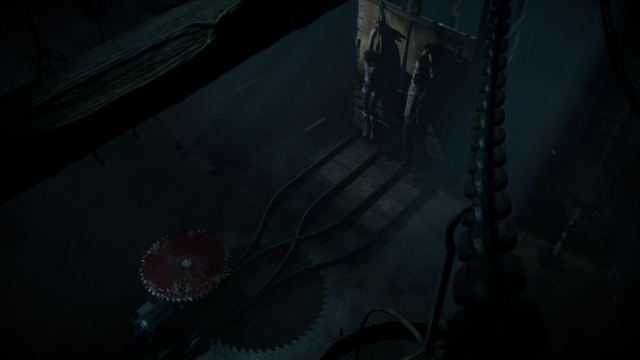
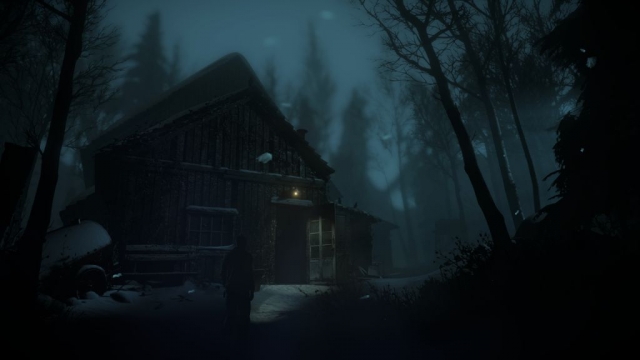
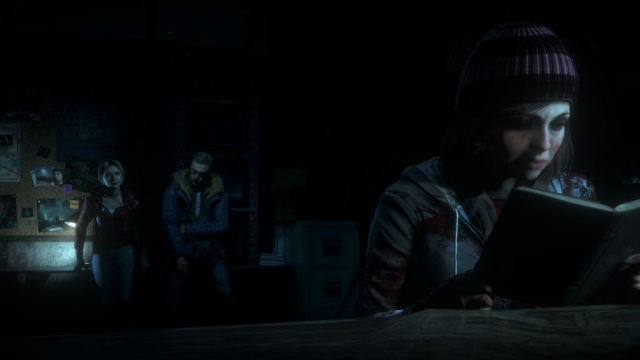
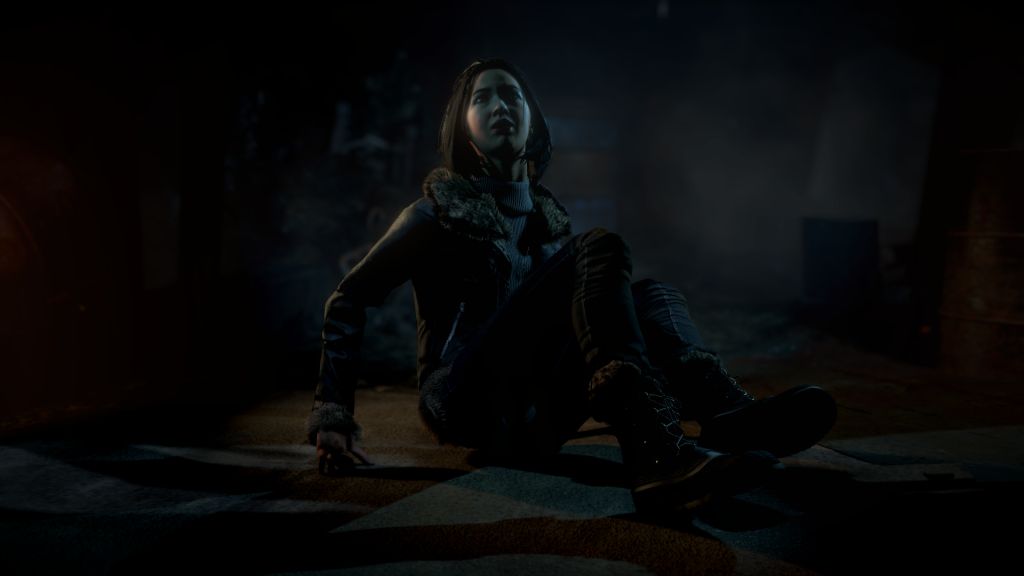
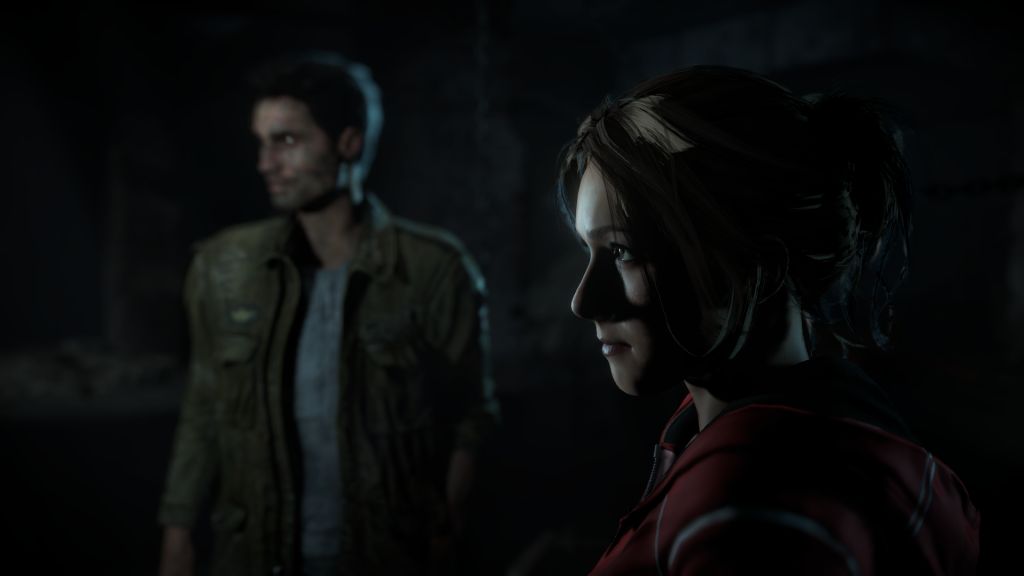
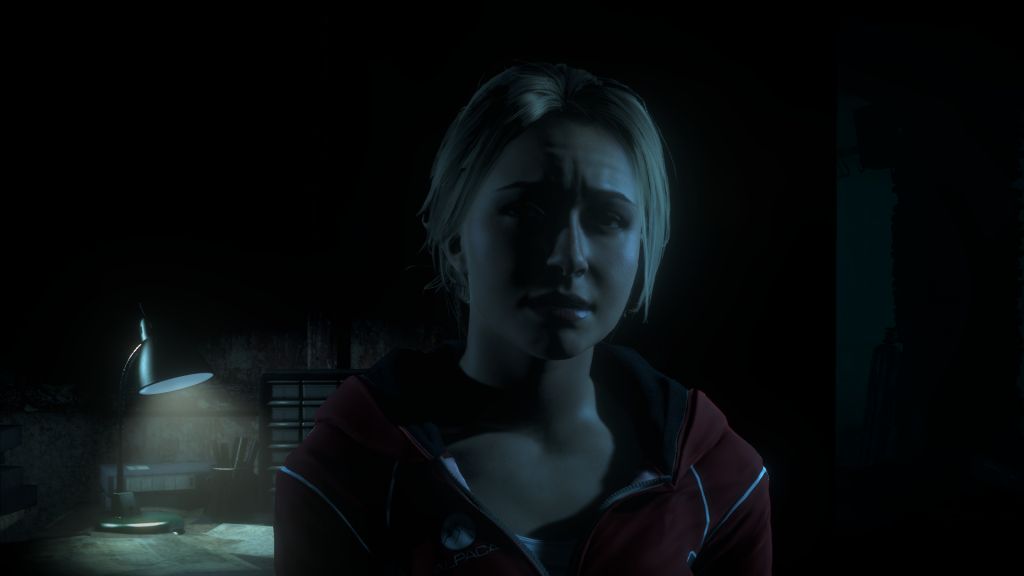
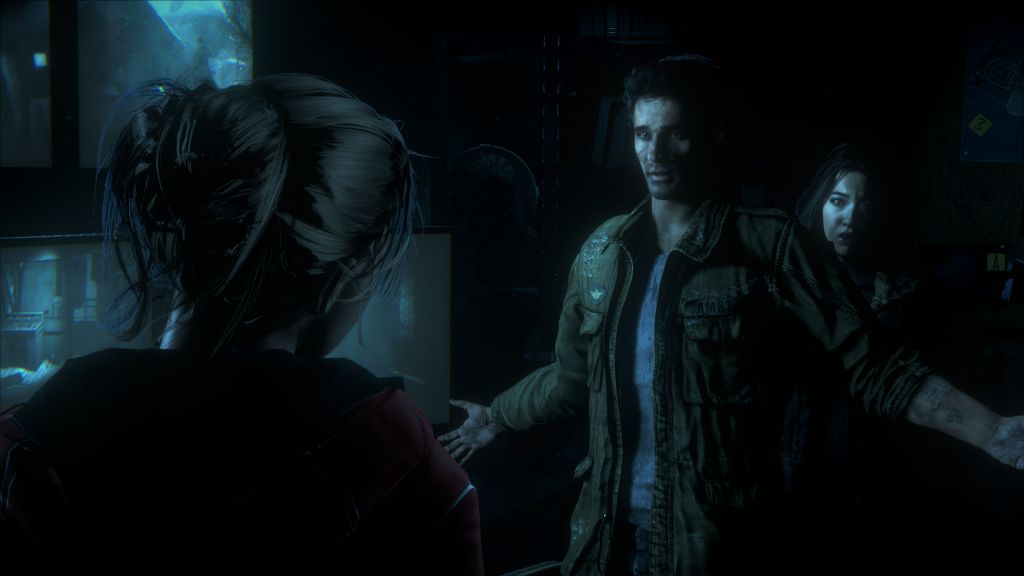
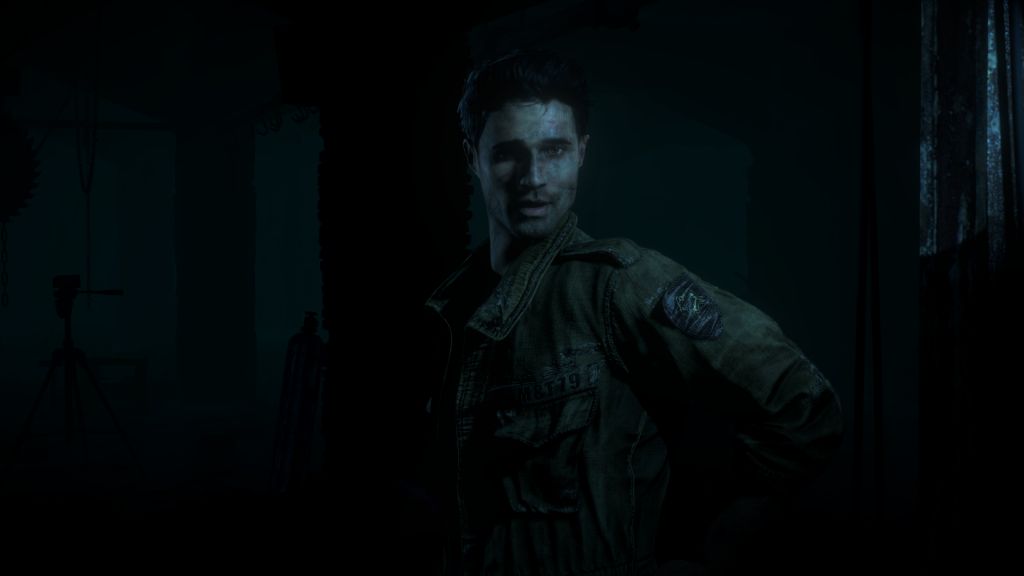
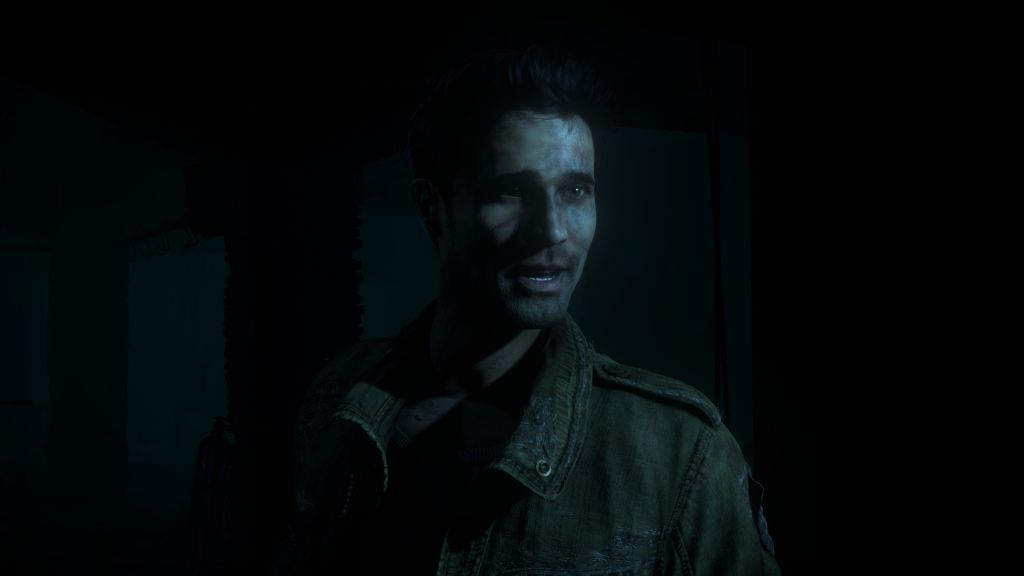
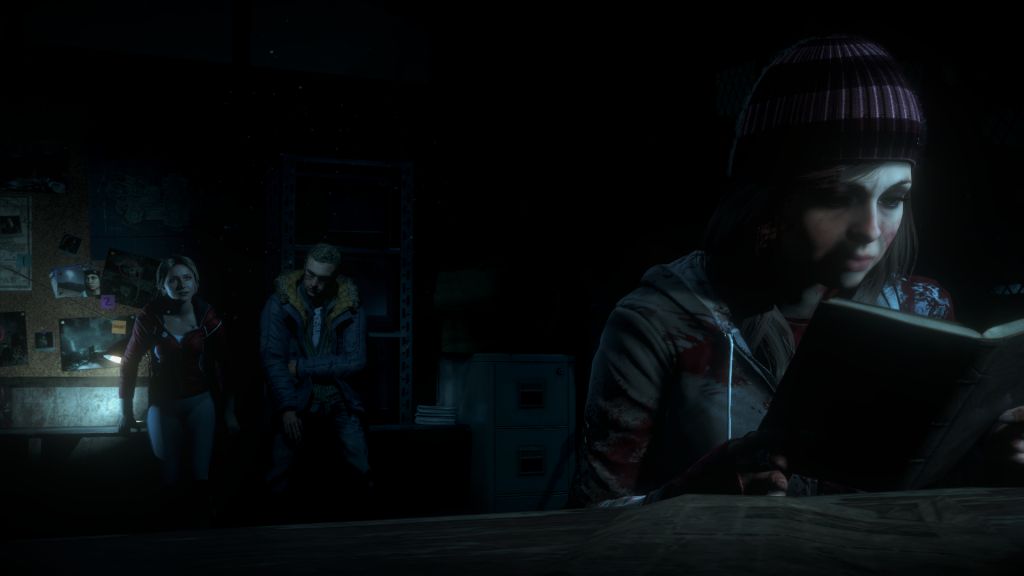
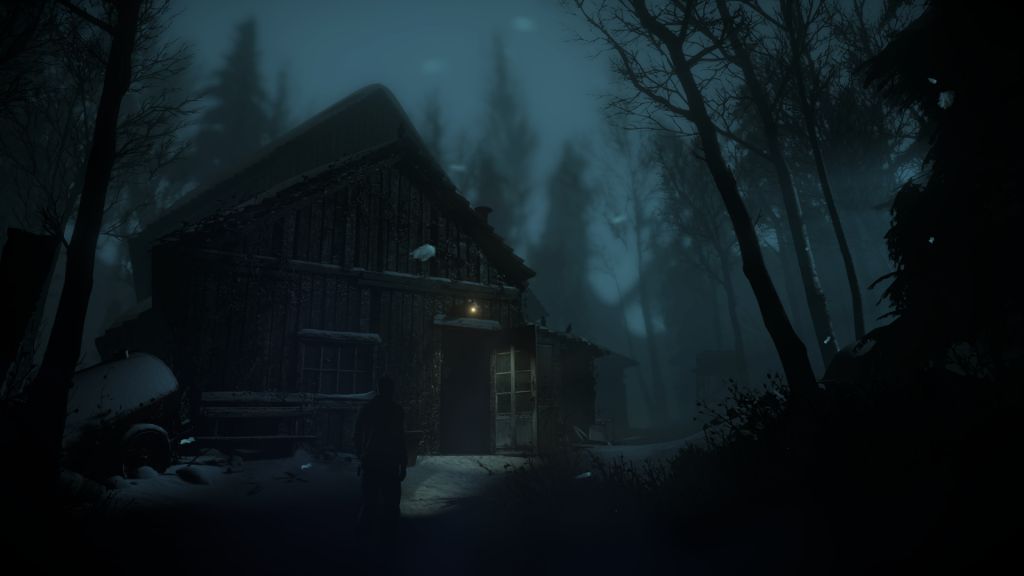
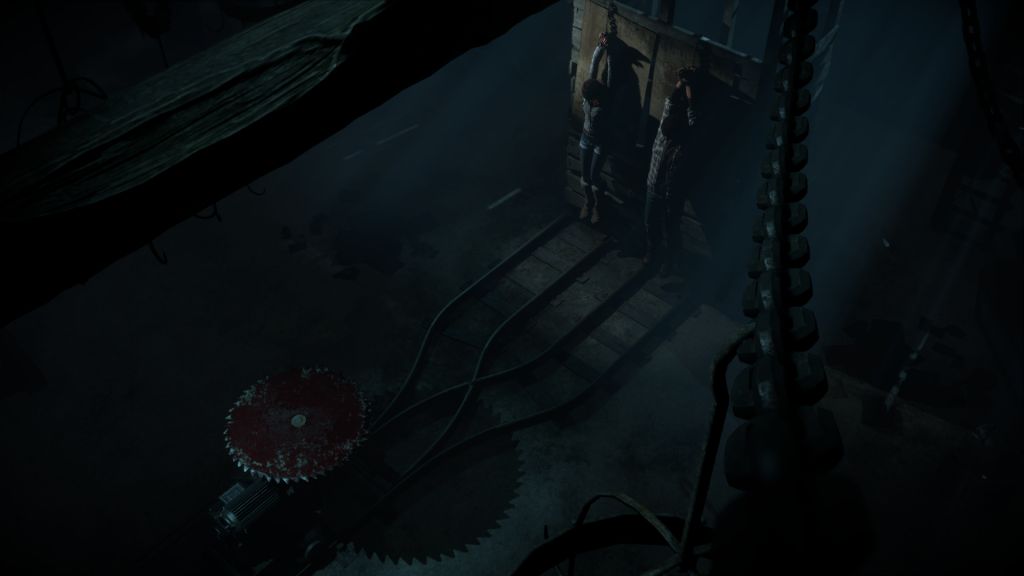
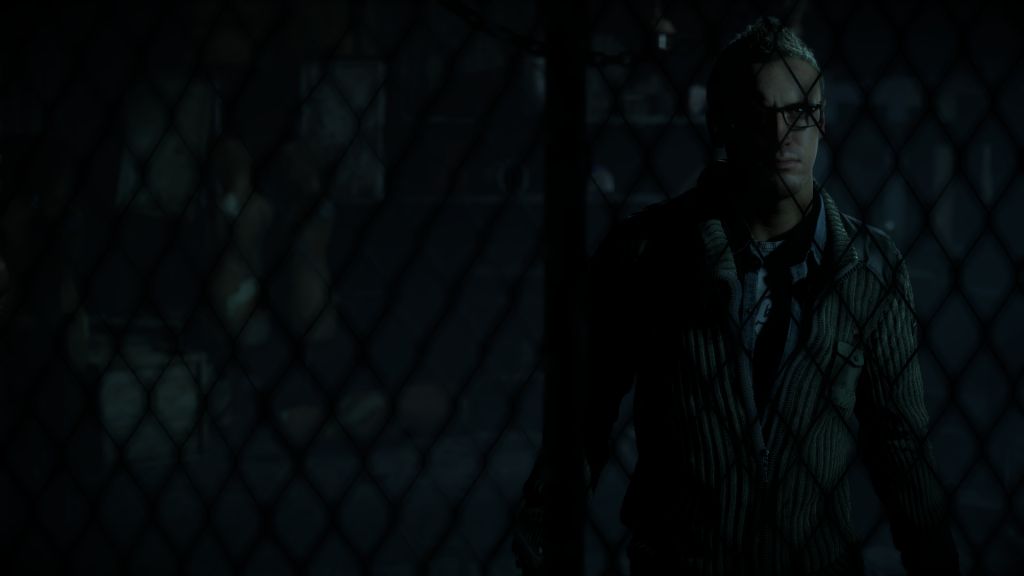

very good